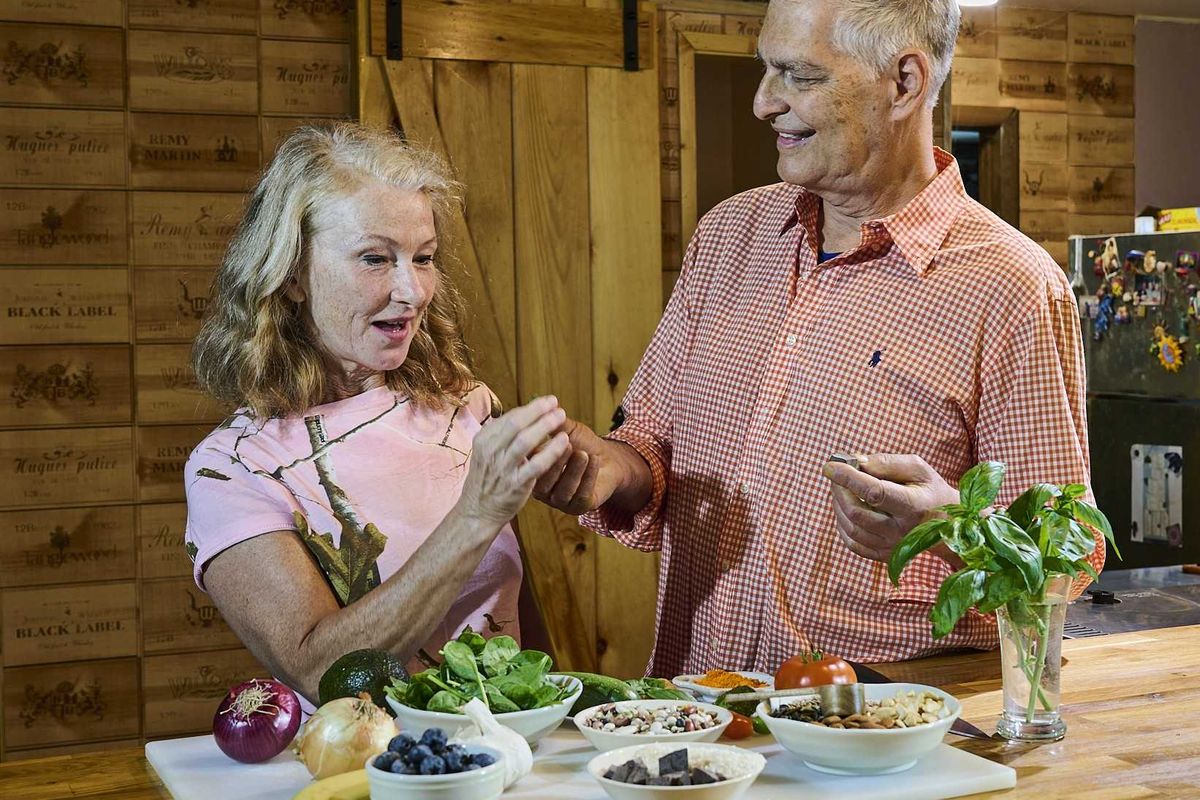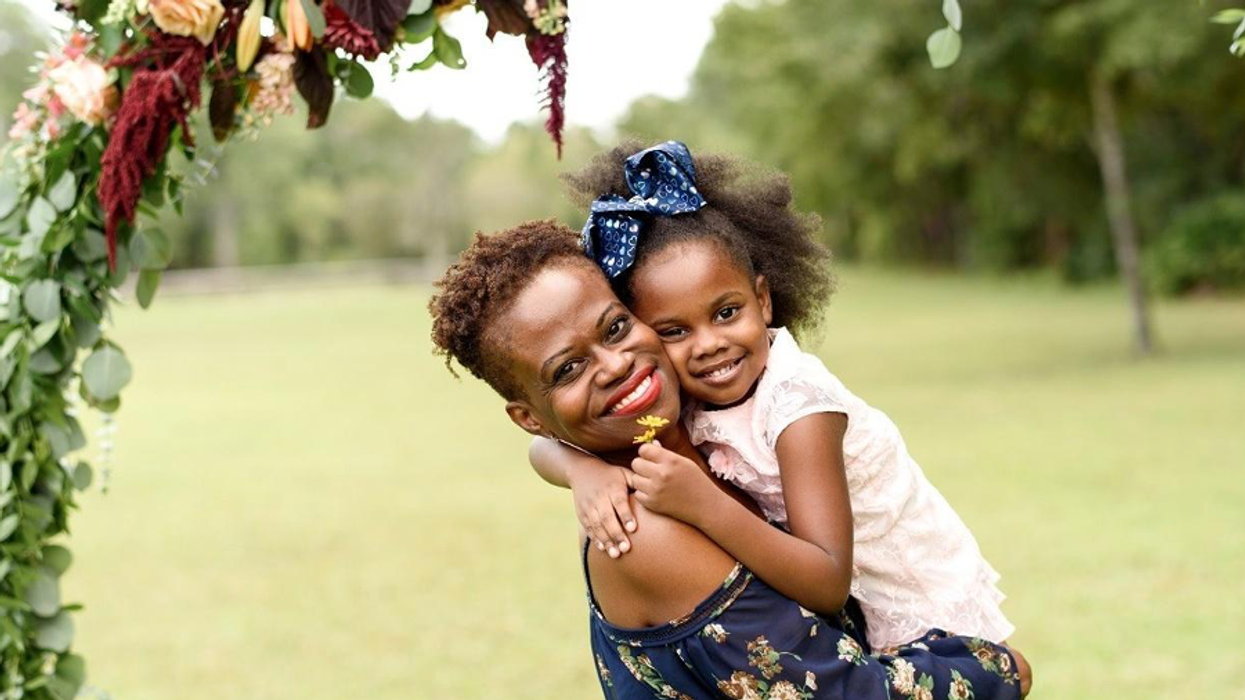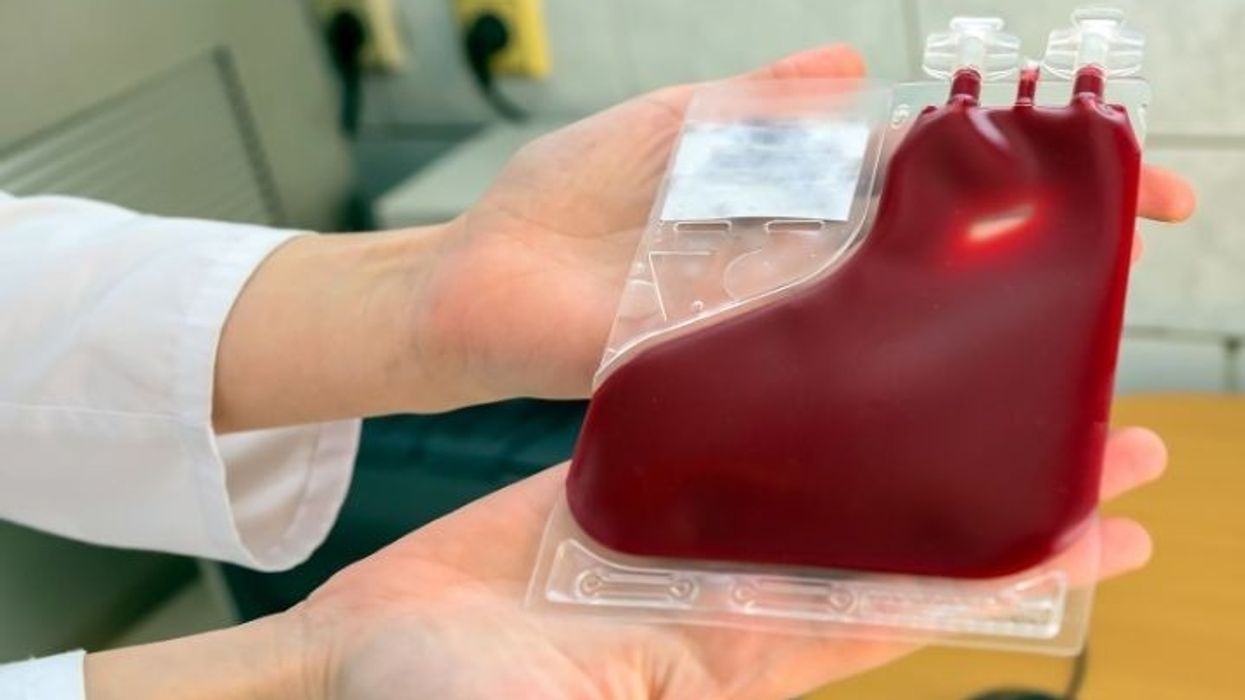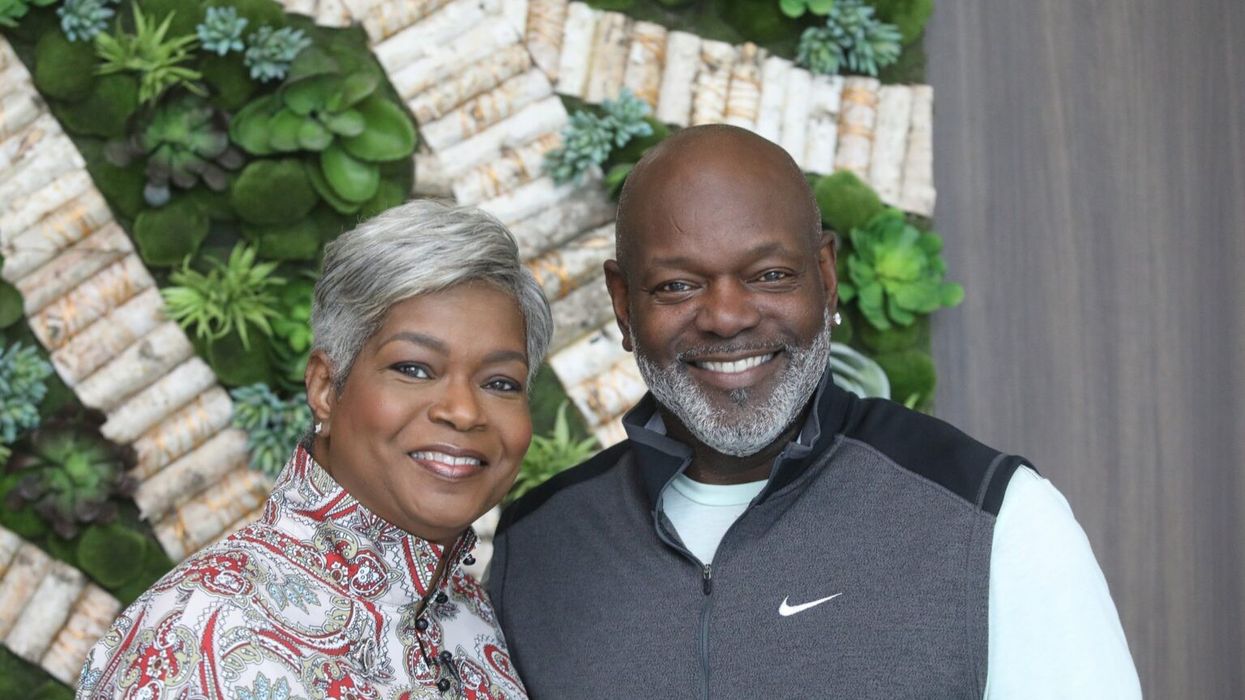Health means more than just not being sick; it's a lifelong process that genes, lifestyle, surroundings, and culture all affect. Many families hand down not only customs and beliefs but also health patterns, some good, others bad. These deep-rooted behaviors have an impact on everything from what we eat and how we exercise to how we handle stress and bounce back from tough times. Recognizing these patterns and choosing to change them can improve not just our well-being but also the health of our kids and grandkids.
Getting out of bad health habits needs you to notice, learn, and do something about them. A lot of the health problems we face now, like diabetes, heart issues, and mental struggles, aren't just because of our genes. Our way of life and the things we've picked up along the way have a big impact on them too. This is where repeated health behaviors come in. When people see health patterns in their family, they can choose to start healthier routines. This can lead to a better future for their kids and grandkids.
How Family Health Patterns Shape Us
As kids, we pick up health habits and beliefs from our parents and those who take care of us. Our food choices, stress management, exercise routines, and even our views on medical care often come from our upbringing, not our genes. Some families make a big deal out of eating whole nutritious meals and staying active, while others might have passed down unhealthy eating patterns and couch potato lifestyles for generations. In the same way how we handle our mental and emotional health, like dealing with feelings, coping with stress, or asking for help, gets handed down and shapes our overall wellness.
For instance, a family's history of high blood pressure might not stem solely from genetics. It could also relate to eating habits, salt consumption, or not getting enough exercise. Mental health issues like anxiety or depression can also have a connection to family views on therapy showing emotions, or ways of dealing with stress. Spotting these trends is the first move toward making changes.
Understanding Functional Health Patterns
A crucial tool to break generational cycles is the idea of functional health patterns, which evaluate different aspects of wellness to spot strengths and areas to work on. These patterns, which started in nursing and healthcare, examine key lifestyle factors like what we eat, how we sleep, how active we are, how we handle stress, and our ways of dealing with problems. By looking at these aspects, people and families can zero in on specific habits that have an impact on long-term health risks.
For example, a person with diabetes in their family history might examine their functional health patterns to assess their diet, sugar intake, and exercise routine. If this review shows they often eat processed foods and work out making small but steady changes, like eating more whole foods and moving more each day, can change their health path.
Likewise, if a family tends to ignore mental health across generations, starting therapy, talking, or practicing mindfulness can help change the story for future family members. The small consistent choices we make today can build healthier legacies that last for years.
How to Break Negative Health Patterns for the Next Generation
While family health habits often run deep, you can always make changes. Here are some key ways to break bad health cycles and create a healthier future:
1. Know More and Learn
To break bad cycles, you first need to understand them. Take a look at your family's health history, how you live, and your emotional patterns. Learning about what puts you at risk and what triggers problems can help you make better choices. Looking for good info, talking to doctors, and staying up to date on health patterns can give you useful insights into what needs to change.
2. Eating Better
Diet has a significant influence on long-term health results. When a family has eaten for years small but important changes to their meals can make a big difference. Rather than big changes all at once, begin by swapping out processed foods for whole, nutrient-packed choices. Making meals at home, cutting down on sugar, and eating balanced meals can change eating habits.
Showing kids about good nutrition and getting them to help make meals can turn healthy eating into a family routine. Building a mindset where food gives energy instead of just comfort can change how future generations think about diet and wellness.
3. Prioritizing Mental and Emotional Health
Stress, trauma, and emotional suppression passed down through generations can have an impact on health. Many families follow unwritten rules about handling emotions, often handing down ways to cope like avoiding issues working too much or turning to unhealthy habits such as eating to deal with feelings. To break these patterns, families must make mental health a priority by encouraging open talks, self-care, and getting help from professionals when needed.
Starting practices like mindfulness, therapy, or keeping a journal can help future generations build stronger emotional resilience. When we let children and young adults express their feelings without shame, we create a family environment that's more supportive and mentally healthy.
4. Encouraging Physical Activity as a Lifestyle
Physical activity is another area where health patterns can be handed down. A lazy lifestyle often starts in childhood when screen time takes the place of outdoor play and movement. Families that make daily exercise a priority, through walks, sports, yoga, or dance, help their kids appreciate movement for life.
The key is to make physical activity fun instead of a task. Rather than forcing exercise, families can weave it into daily life with fun activities like bike rides, hikes, or interactive games. By creating a culture where movement is normal and fun rather than a duty future generations can maintain better overall health.
5. Modeling Healthy Behaviors
Kids don't learn from lectures but from observation. Parents and caregivers who show healthy behaviors lay the groundwork for the habits of the next generation. Eating a balanced diet puts mental health first, handling stress well, and working out creates a setting where these actions become typical.
Even tiny steady shifts, like drinking more water, making rest a priority, setting limits, and taking care of yourself, can make a big difference over time. Choosing to break bad cycles and swap them for good habits will pave the way for a healthier future for generations down the line.
Changing health patterns across generations doesn't mean being perfect or making huge changes right away. It's about choosing small deliberate actions each day that add up to better health in the long run. Every choice, eating a healthier meal, going for a walk, looking after your emotions, or checking in with a doctor, has a knock-on effect that shapes the health of future generations.
Knowing about functional health patterns helps people spot areas they can improve and take steps to get better health results. By focusing on learning to eat, building emotional strength, and staying active, families can write a new health story for themselves.
The journey to change begins with becoming aware, but it doesn't stop there - you have to take action too. You can always make a change even if certain habits have been in your family for generations. By making a conscious effort and taking small doable steps, you can break unhealthy health patterns and create a new tradition of wellness. This will give future generations the tools to live their best lives.
References
- Centers for Disease Control and Prevention (CDC). Genetics and Health. Retrieved from https://www.cdc.gov/genomics/about/facts.htm
- National Institute of Diabetes and Digestive and Kidney Diseases (NIDDK). Family History and Health. Retrieved from https://www.niddk.nih.gov/health-information/community-health-outreach/family-history-health
- American Psychological Association (APA). How Family Influences Health and Behavior. Retrieved from https://www.apa.org/topics/families/health
- Harvard T.H. Chan School of Public Health. The Nutrition Source: Healthy Eating Plate. Retrieved from https://www.hsph.harvard.edu/nutritionsource/healthy-eating-plate/
- World Health Organization (WHO). Physical Activity and Health. Retrieved from https://www.who.int/news-room/fact-sheets/detail/physical-activity
- National Institute of Mental Health (NIMH). The Importance of Mental Health in Overall Well-Being. Retrieved from https://www.nimh.nih.gov/health/topics/caring-for-your-mental-health








 Karla Mingo believes that her greatest gift as a cancer survivor is the ability to live with gratitude and thankfulness.
Karla Mingo believes that her greatest gift as a cancer survivor is the ability to live with gratitude and thankfulness.





 Dr. Cary S. Kaufman teaches the "Essentials of Oncoplastic Surgery" course through the National Consortium of Breast Centers, providing breast surgeons around the world with advanced techniques for optimal breast surgery outcomes.
Dr. Cary S. Kaufman teaches the "Essentials of Oncoplastic Surgery" course through the National Consortium of Breast Centers, providing breast surgeons around the world with advanced techniques for optimal breast surgery outcomes.